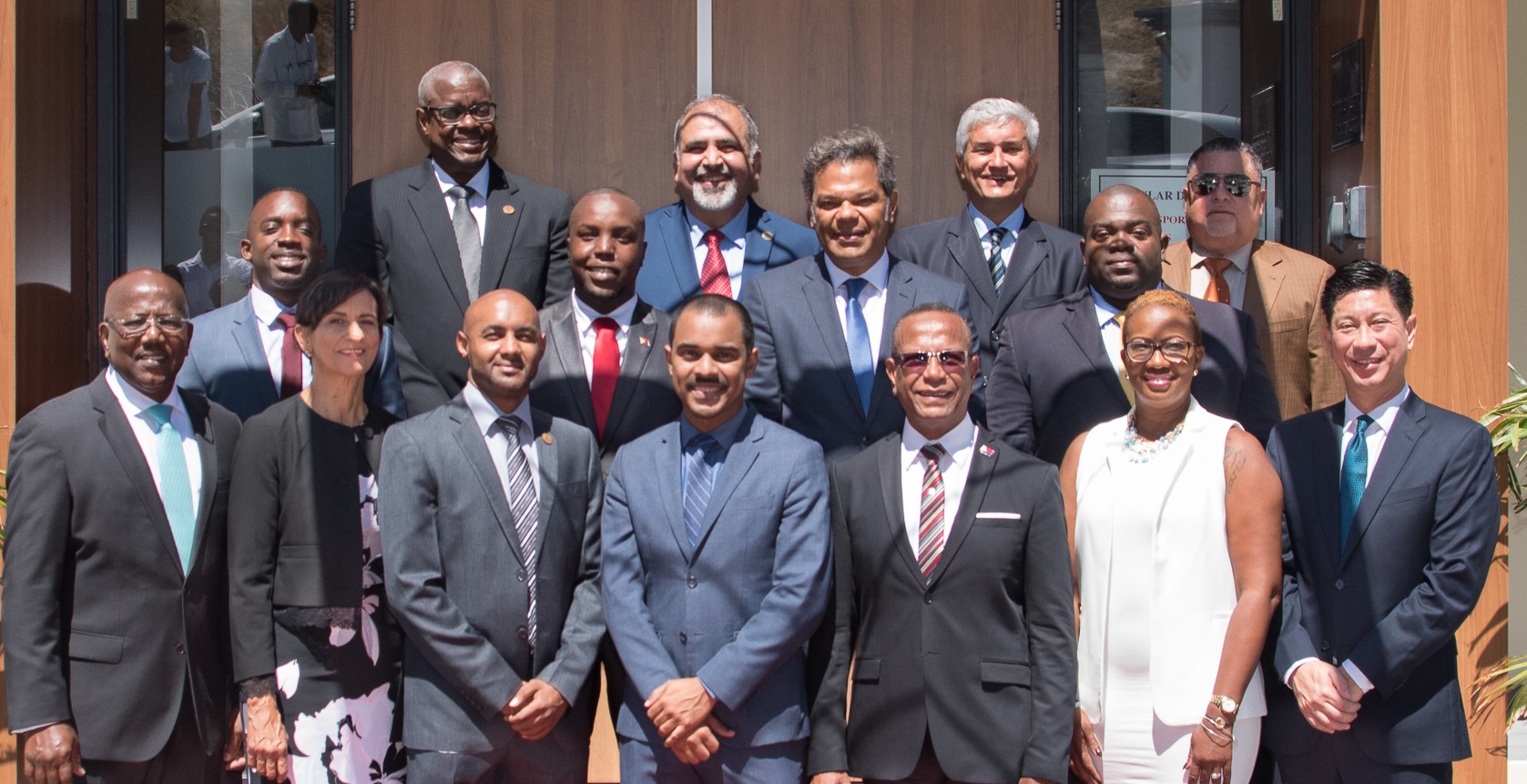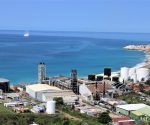The true value of our parliamentarians

By Hilbert Haar
It is not for the first time that the bloated remuneration of parliamentarians in St. Maarten has drawn the attention from politicians in the Netherlands. The issue is not new, because shortly after St. Maarten assumed the status of autonomous country in the Kingdom on 10-10-10, the now defunct newspaper Today already published all the details about the exorbitant tax guilders that would flow into the pockets of local ministers and parliamentarians.
Members of the Second Chamber in The Hague see every month the equivalent of 16,017 guilders ($8,948) arrive in their bank account, while their colleagues in tiny St. Maarten are laughing all the way to the bank when they receive another 19,443 guilders ($10,862).
This difference does not seem to be too shocking, but it becomes a different story when the numbers are linked to the number of inhabitants these parliamentarians represent.
Let’s put the number of people living in St. Maarten for argument’s sake at 40,000. On Tuesday, February 26, the Netherlands had 17,296,465 inhabitants according to the CBS population counter.
The cost of a MP in Philipsburg is therefore 27.15 dollar-cent per inhabitant. In the Netherlands that cost is just 0.052 dollar-cent. Seen from this perspective, parliamentarians in St. Maarten earn 522 times as much as their colleagues in the Netherlands.
Let’s not forget that parliamentarians in Curacao and Aruba – both islands with larger populations than St. Maarten – also earn less.
All previous attempts to lower the remuneration have failed so far. The late Roy Marlin was the first to give it a try, but MP Tamara Leonard and the current Prime Minister Leona Romeo-Marlin also have toyed with the idea. The latest initiative – to lower the payments by 15 percent – came last year from the Christian Party. And again, parliament chose not to vote on the motion at the time presented by MP and current minister Wycliffe Smith.
For 2019, all ministers have taken a pay cut of 10 percent, while MP Claude Peterson (Christian Party) gives up 15 percent of his income to charities.
Decisions about the remuneration are in the hands of our MPs – a classic example of a butcher testing his own meat. There is not much anyone – including State Secretary Knops or MPs like Ronald van Raak – can do about this.
 But Knops may have found a pressure point that could bring our parliamentarians to their senses. He has asked financial supervisor Cft for information about the remuneration – as if this information is not already in the public domain – but in his answers to questions posed by Van Raak the state secretary added something that could come back to haunt the government.
But Knops may have found a pressure point that could bring our parliamentarians to their senses. He has asked financial supervisor Cft for information about the remuneration – as if this information is not already in the public domain – but in his answers to questions posed by Van Raak the state secretary added something that could come back to haunt the government.
Knops asked for the information “in the context of future liquidity support.”
It is not difficult to understand what this means. In a likely scenario whereby the government knocks on his door for additional liquidity support, Knops will most probably want to know what St. Maarten did about cutting costs.
“Oh, your parliamentarians are still getting that much money? Alright then, whatever you asked for, I’m gonna cut it by fifteen times $10,862 – a total of almost $163,000, or almost 292,000 guilders.”
Maybe those numbers will not impress parliamentarians who are always quick to point to Dutch interference in their affairs while they happily ignore their own shortcomings.
I’d say: so be it.
In the meantime, I think that it is about time to bring the remuneration of ministers and parliamentarians in line with that of their colleagues in Curacao.
What does this mean? Well, with 150,000 inhabitants, the cost of a minister in Willemstad is 9.4 guilder-cents per inhabitant. To give a minister in Philipsburg equal pay, it would be 40,000 times 9.4 cents per month, or a total of 3,760 guilders ($2,100).
Following the same principle, a parliamentarian in Curacao receives 8.53 cents per inhabitant. Therefore, comparable pay for their colleagues in Philipsburg would be 3,412 guilders ($1,906).
A reduction of just 15 percent is not even symbolic. The true value of a parliamentarian is $1,906 per month – and currently they get $8,956 too much. Therefore, a reduction of 82.5 percent would put the remuneration on the level where it ought to be.
###
Related stories:
Income parliamentarians under attack again
Knops puts Van Raak at ease about parliament building
Editorial: ‘In the context of future liquidity support’

























